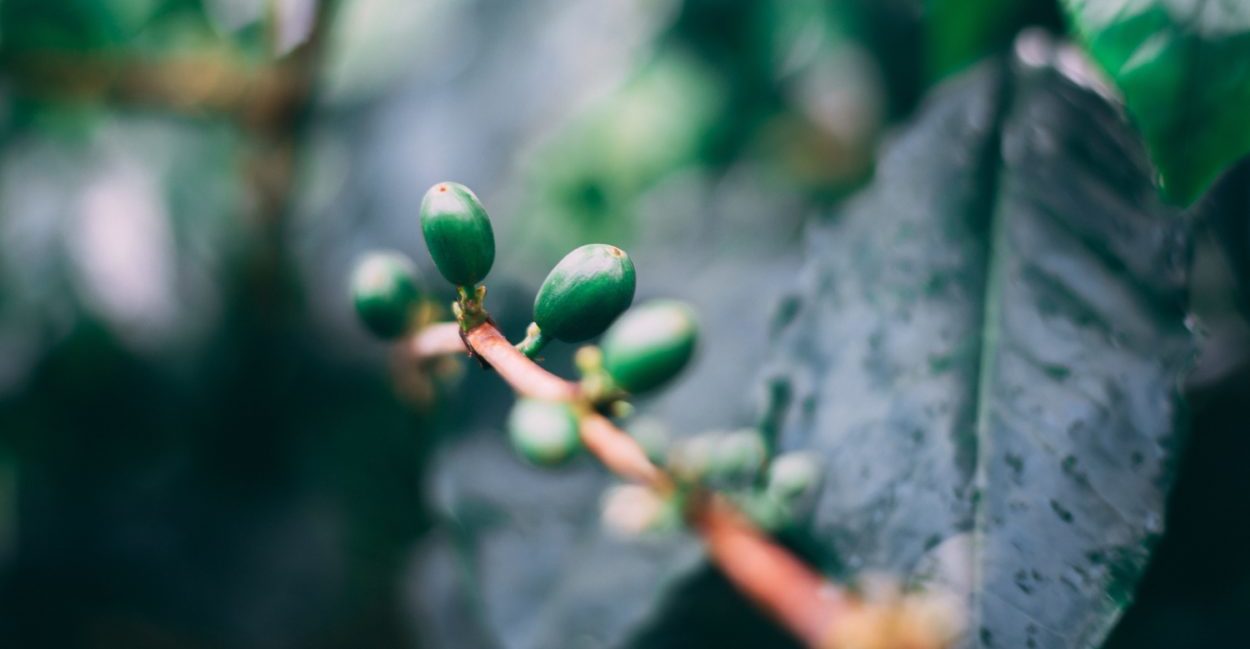Interest for organic products has skyrocketed in American and European markets over the past few decades, but organically grown coffee is recently disappearing for reasons less expected.
Throughout the 1990s, widespread international market liberalization policies (think free trade) resulted in a reduced price for commodity grade coffee. Due to the reduction in price of coffee on the world market, smallholder farmers took a substantial hit and were forced to adapt. One major result of the reduction in price was a shift of farmers into the specialty market, where the coffee yield was more valuable. That is, farmers strengthened agricultural practices, generally with the help of local coffee cooperatives or international NGOs, to emphasize and increase quality. With good reason, the specialty coffee market has been growing by 5-10% annually!
The transition from non-organic (conventional) to organic farming in the early 2000s is similar to the shift from commodity to specialty coffee. In the early 2000s, organic was booming and American and European importers exclaimed to farmers that organic coffee pays a premium, which it did! During this time, organic coffee sold for $2.00/lb (unroasted), which was about $0.50 more per pound than conventionally grown coffee – a 25% increase in price!
However, as thousands of smallholder farmers began switching from conventional growing methods to organic farming, unforeseen issues emerged. To begin, organic farming avoids the use of synthetic chemical inputs, such as fertilizer, pesticides, antibiotics, GMOs, or food additives, which aim to increase crop yield and health. An estimate by Food Policy claims that the average organic farm produces 45% less than it would via conventional processes. This is a massive reduction in the coffee harvest. In addition, farmers’ labor costs increased significantly with organic. For example, instead of spraying pesticide to kill weeds and detrimental brush, farmers must hire additional labor to weed and whack manually. The timing of the manual labor is also unfavorable as the bulk occurs during the harvest season for other local crops, crops grown to feed farmers’ families and local community members. The additional manual labor takes time away from additional agricultural production. Strikingly, a study by Ecological Economics found that over a ten-year period, organic and organic-fairtrade farmers have become poorer relative to conventional producers.
It is without question that organic agricultural practices benefit the environments in which they are utilized. A small anecdote from my time spent on an organic coffee farm in remote Karnataka, India shows just this – the 20 acre organic farm fostered incredible biodiversity in both flora and fauna. For instance, this one farm supported 26 species of migratory birds, while the surrounding 100km of conventional farmland was only able to support 3 species of birds.
Nonetheless, smallholder coffee farmers are justifiably skeptical as they understandably prioritize feeding their families over the birds. In order for a largescale adoption of organic coffee farming, coffee yield levels, profitability, and efficiency must be increased as prices for certified coffee cannot compensate for low productivity, land, or labor constraints. Alternatively, American and European coffee importers and roasters must be willing to pay increased premium prices for these delicious organic coffees.
The intricacies of the organic industry are complex. But as a specialty roaster, it is our duty to try and better understand and remain cognizant of the landscape and challenges faced by individual farmers as well as the industry as a whole.



Great article! Thank you.
Is the coffee you sell shade grown? Thanks.
Your article is informative. Thank you.